Hydroponic Strawberries: the Best Berry To Grow at Home

This post follows our research editorial guidelines.

Growing hydroponic strawberries has been one of the most fruitful experiences I’ve had with my hydroponic kits. Given that I have a shorter growing season where I live, being able to bring my strawberry plants indoors when the cold snaps hit is a true lifesaver. Strawberry root balls have shallow roots that can adapt quickly to Deep water culture or NFT hydroponic system.

Of course, you can start your hydroponic strawberries from seed but even the snack varieties will take some time to become as fruitful as the plant that’s been growing in your garden all summer long. For that reason, I tend to lean more toward working with a transplanted Strawberry plant instead of a newly seeded one.
That being said, there are pros and cons to each. Let’s take a look at how to grow hydroponic strawberries and what you will need to focus on to get sweet berries every time.
Quickly Find Hydroponic Growing Tips
Do Hydroponic strawberries grow well?
Strawberries grow very well in hydroponics. Their shallow roots and compact structure make them an excellent candidate for home hydroponics systems. When grown in drip irrigation systems they produce fruit in abundance that’s easily as good as those grown outdoors.
The Secret to Best Strawberries
Unlike most hydroponic plants, you don’t want to start your strawberries from seed. They will germinate well, it’s true, but you won’t see fruit for some time unless you have your hands on a snack or wild variety that produces much smaller fruit. Depending on your conditions, it may take a full year for a strawberry plant to go from seed to fruit.
You’ll have much better results by growing your strawberries from a small starter plant with a fully developed root bulb. They are available in a few different forms, largely dependent on where you are and what time of year you’re looking to plant.
The other great secret is knowing the difference between strawberry varieties. They’ve been cultivated for so long that there are dozens of different types to choose from. They can be divided into three broad groups – the June bearers, day neutrals, and the ever-bearing varieties.
June-bearing varieties are those that only fruit in the summer. They are common in outdoor kitchen gardens. They respond to changes in light level to determine their fruiting. I’d avoid these cultivars for hydroponics for a few reasons – they don’t fruit in their first year, and they only produce one crop a year, too.
Unlike June-bearing strawberries, day-neutral cultivars don’t change their growth pattern in response to light – that is to say, they are neutral about the day length. So long as you keep them warm and well-lit, they’ll flower and fruit reliably all spring and summer long, often right into the fall, too.
The final ground of strawberry plants is the ever-bearing varieties. They have no fixed season for fruiting, and if you keep them warm enough will produce fruit year for most of the year. They also tend to be more compact and produce more fruit and fewer runners. While they don’t fruit as abundantly as the other two types, they fruit for longer, and so provide a constant supply of lovely berries almost all year round.
Starting with a strawberry root bulb hydroponically
“Select plants with a good number of fine roots, these will establish better than plants with just coarse roots. Select plants with crowns at least 1 cm diameter in size. Don’t use plants that seem diseased or rotted. You can hold your extra plants in small pots until you are sure your main system plants are established. When you plant, make sure the roots are straight down in the substrate. If the lower parts of the roots are bent or curved (J-hooked) the plants will take much longer to establish (how fussy strawberry is!)” Mark Kroggel, Research Specialist, University of Arizona

1. Choose your System
When growing a starter bulb, you’ll get the best results when planting straight into your hydroponic setup. They are effectively seedlings, after all, and need no finishing off before you can put them into your rig.
Choose a system that allows a lot of air to reach the roots. Strawberries do well in Kratky setups, nutrient film systems, and salad tables, but the most reliable results generally from drip and drain systems.
2. Choose your Bulb
The fun part of any planting is selecting your variety!
I like Albions as a good all-rounder. They’re a day-neutral cultivar with a good track record of producing sweet, delectable fruit in hydroponics. The Seascape variety is also a good choice for home hydroponics.

3. Prepare your Medium
Soak your medium overnight so it is ready to receive the bulb. A half-strength nutrient solution is best for this, as the plant will need nutrition immediately to grow new roots.
I personally like a mix of perlite, coconut coir, and vermiculite for my strawberries, but they do well with rockwool too.
If your bulbs come with soil around the roots, it’s a good idea at this point to wash the soil from the roots thoroughly. You don’t want dirt in your system.
4. Plant in your Hydroponic System
Clear a space in the medium for your bulb. This is easiest to do in a loose medium like a perlite-based soil-less blend. For rockwool or sponge, you’ll need to hollow out a space for the bulb.
Once the plant is in place, you can go ahead and put it into your system.
Starting Strawberry seeds hydroponically

While you’ll have quicker and more predictable results from a starter bulb, there’s nothing to say you can’t grow from seeds. In fact, it can be a great way to propagate rarer varieties or to experiment with cross-breeding of your own. It also limits the transmission of disease or pests into your system.
You will need:
- Strawberry seeds
- Starter block or net basket of medium
- Clean, sterile water
- Nursery container
1. Choose your Medium
Strawberry seeds do really well in dense, water-holding material like rockwool or oasis. I like using coco coir starter plugs as a sustainable choice. It also allows for easier transplanting later.
If you’re feeling adventurous you can plant directly into your growing baskets, but keep them in the nursery container until the roots are ready.
2. Prepare your Medium
Get your medium ready for seeds by soaking it well overnight. You don’t need to use a nutrient solution at this stage. Seeds are packed with all the nutrients they require to start sprouting, so there’s not much to gain by using solution at this point.
3. Plant Seeds 1/4 inch deep
Select two or three seeds and plant them at a depth of about a quarter of an inch. If you’re using a starter block, I’ve found a Popsicle stick to be a good tool to insert them into the medium.
4. Water Seed Starters
Place your moist starters into the nursery container and close the lid. You’ll need to keep them warm and moist to promote germination. Check daily to ensure the seeds are damp without being sodden, and mist gently as required.
5. Keep the Seeds Warm
Strawberry seeds like to be kept warm, so maintain a temperature of around 75°F (24°C) in your nursery. The seeds will take as little as a week or as long as seven weeks, so you might want to be patient.
Keep them in their nursery container until their first true leaves appear. You can transfer earlier if you see roots protruding from the starter block.
6. Transplant the seedlings
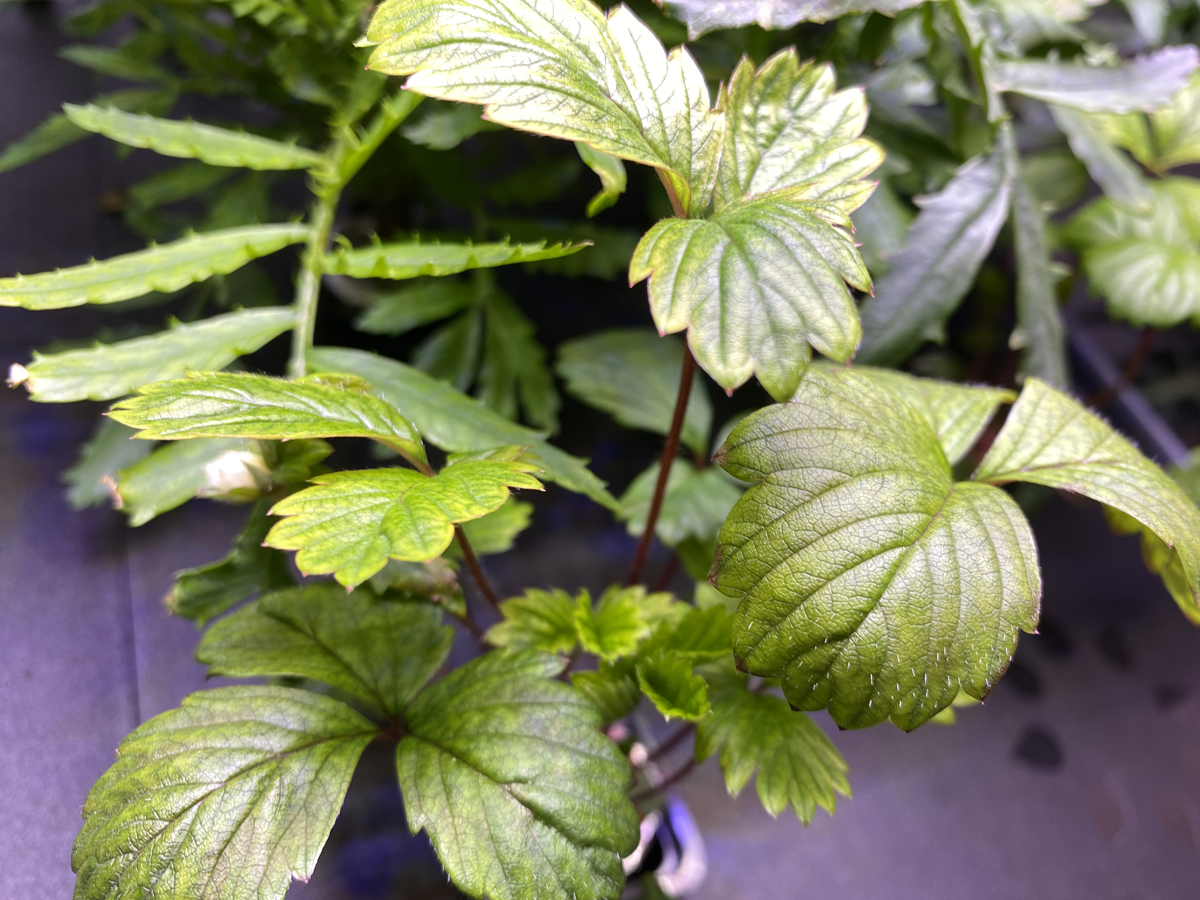
The easiest way to transplant your seedling is to gently place the starter block into a net basket of medium. The roots will descend without too many hassles. Once the block is in place you can transfer the lot to your hydroponics system.
You’ll need to be patient with your new seeds. It’s common to see no flowers at all until six to eight months after sprouting, and it’s often recommended that those first flowers be pruned away. This is to encourage the new plant to focus its attention on roots and leaves rather than fruit.
Light
Strawberries need abundant light to produce their flowers and fruit. Between 13 and 16 hours of bright light a day is best. They aren’t fussy where it comes from, so energy efficient LEDs are an economical and environmentally friendly choice.
Water
You’ll need a neutral to mildly acidic solution for your strawberries. Aim to sit somewhere around 5.5 to 6.0. If the pH drifts too high, you may see the younger leaves begin to yellow. This is a sign of iron deficiency, as alkaline roots can’t access the iron in the solution.
Growing medium
Aeration is of the utmost importance for strawberries. They need a lot of oxygen deep in their roots to survive, so your medium must be chosen with that in mind. Your choice of system will also play its part.
For Kratky systems or the like, a free-flowing medium like perlite or clay pebbles provides a good balance between aeration and structure.
In drip and drain systems, something with more water retention is needed. Coco coir, perlite and rockwool are good choices. A blend is ideal, with a mix of perlite and coco coir hitting that sweet spot of water retention and aeration.
Nutrients
Surprisingly, strawberries need a less powerful nutrient solution than you’d imagine. They’re thrifty, even when flowering or producing fruit. I’d recommend a blend devised for tomatoes or peppers, used at about half a concentration. Aim for an EC of about 1.0, though a little higher is tolerable. They also only need around 800 to 900 ppm during that vigorous early growth. You can drop it down to 400 – 500 ppm once they start to flower.
Avoid giving them too much nitrogen, as it encourages leaves over fruit. They also require a bit of extra calcium and magnesium during the flowering phase, to help promote abundant blooms.
Pollination
In order to get fruit, you need more than just lots of flowers. The flowers need to be pollinated, or you won’t see strawberries at all.
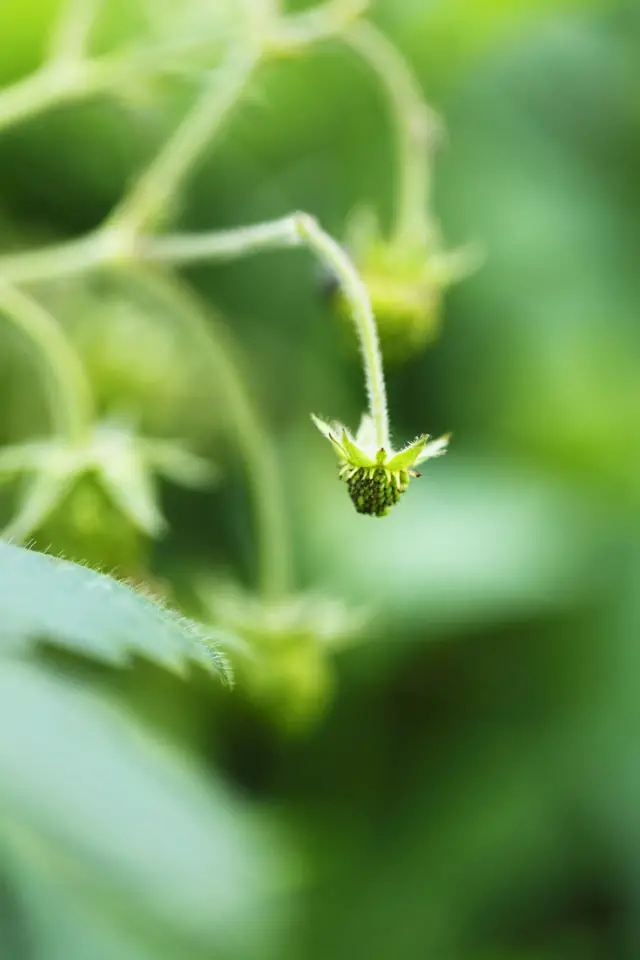
If you’re growing outdoors, bees and other insects will do the job for you. But if you’ve opted to keep your strawberry plants indoors, you’ll need to manually pollinate the flowers yourself.
It’s not as daunting as it sounds. The strawberry flowers contain all the parts needed, so it’s just a matter of vibrating the bloom to help the pollen get to its destination. Bees dance on the flower, their wings loosening the pollen.
The simplest method is to use a cotton bud to jiggle the flower, shaking the pollen-free. You can take a slightly more high-tech route and use an electric toothbrush placed against the base of the flower. Others suggest using a leaf blower or a small fan. All that matters is you get that flower vibrating!
Pruning
Like most plants, strawberries benefit from having older or damaged leaves removed as they age and start to die. They’ll darken a bit in color and lose their gloss before yellowing. It’s not much fuss to just trim them neatly off.
More important is regularly cutting away runners. These are long, fine vines that protrude from the main body of the plant, with small plantlets at the end or at intervals. This is how outdoor strawberries tend to propagate themselves – each little runner is capable of producing entire new strawberry plants.
For the best quality fruit, you’ll need to remove them. The strawberry plant will expend quite a bit of energy on these runners, at the expense of the berries.
Temperature
The best strawberries come from plants grown in cool conditions. Fruit is sweeter if they ripen at an overall average temperature 60°F(18°C). The strawberry plants will also produce abundant flowers if kept below 77°F (25°C). More flowers mean more fruit, so it’s worth the work to keep them cool.
Spacing
The more space you give your strawberries, the sweeter their fruit will be. While they’ll do just fine at the conventional spacing of four plants per square foot, a roomier planting will allow them more access to nutrients and produce better fruit. Consider leaving around six inches between plants (15cm) to give them enough room to really spread out and get gorgeous.
This is of course one of the reasons strawberries are so popular for vertical hydroponics setups. Their shallow roots make it easy to stack them, so you can work around the limits on the per-foot spacing by heading for the heavens. Vertical hydroponics setups like the iHarvest are well suited to strawberries, giving them their space without taking up too much of yours.
Pests
Strawberries are delicious to pests at all points in their lifespan. While it’s tempting to pop a smaller setup outdoors for a bit of sunlight during the warmer months, it’s a good way to become infested with pests. Even if you keep them indoors, there are a few repeat offenders to watch for.
Spider mites love to nibble on hydroponic strawberries. They’re tiny, the size of a pinhead, and spin soft silky shrouds over the plants they devour. They suck the sap from the leaves, so check underneath for the mites if you see silk.
Aphids are another common pest of strawberries. They too are tiny, about the size of a sesame seed, and like to cluster in groups on stems and leaf veins where they dine on sap. They’re prodigious breeders, so if you see one it won’t be long before you see more.
Fruit flies are a particular pest of strawberries as the season progresses. They’re easy to confuse with fungus gnats, but unlike those little irritations fruit flies actively eat the strawberries as they develop.
I generally try to avoid chemical controls, so if you have a lot of strawberries why not opt for a biological control agent, like ladybugs. Released into the growing environment, these sweet little bugs soon reveal their true nature as voracious hunters. They’ll take down aphids and spider mites, as well as other pests like thrips.
For fruit flies, much can be achieved by keeping the fruit itself dry. Avoid letting it rest on the surface of your growing medium, and in a pinch, you can use vinegar traps to capture the fruit flies as they make their way to the plants in the first place.
Diseases
There’s no greater joy than being able to avoid all the diseases that strawberries are prone to. Field-grown strawberries pick up an array of unpleasant fungal and bacterial diseases, very few of which are an issue if you’re using a sterile medium in a closed greenhouse.
You’ll still have to watch out for leaf problems that stem from poor ventilation. Powdery mildew is a constant problem for these leafy, densely growing plants, so make sure you’ve got good airflow through your strawberry plants.
The other major problem with strawberries in hydroponics setups is root rot. They really do need reliably aerated soil, and if you’ve opted to grow in any system that leaves the roots in water (like nutrient film or deep water culture) there’s a substantial risk you’ll wind up with Pythium root rot or a Phytophthora infection.
You can work around those two particular nasties by growing in soil-free mediums that provide good aeration and making sure any pumps and air-stones are in good working order. Make sure you clean your system thoroughly between crops and finally ensure you buy your strawberry bulbs from reputable growers. If you really want to be sure, giving new plants a quick wash with a weak peroxide solution before planting will knock out any disease trying to sneak into your setup.
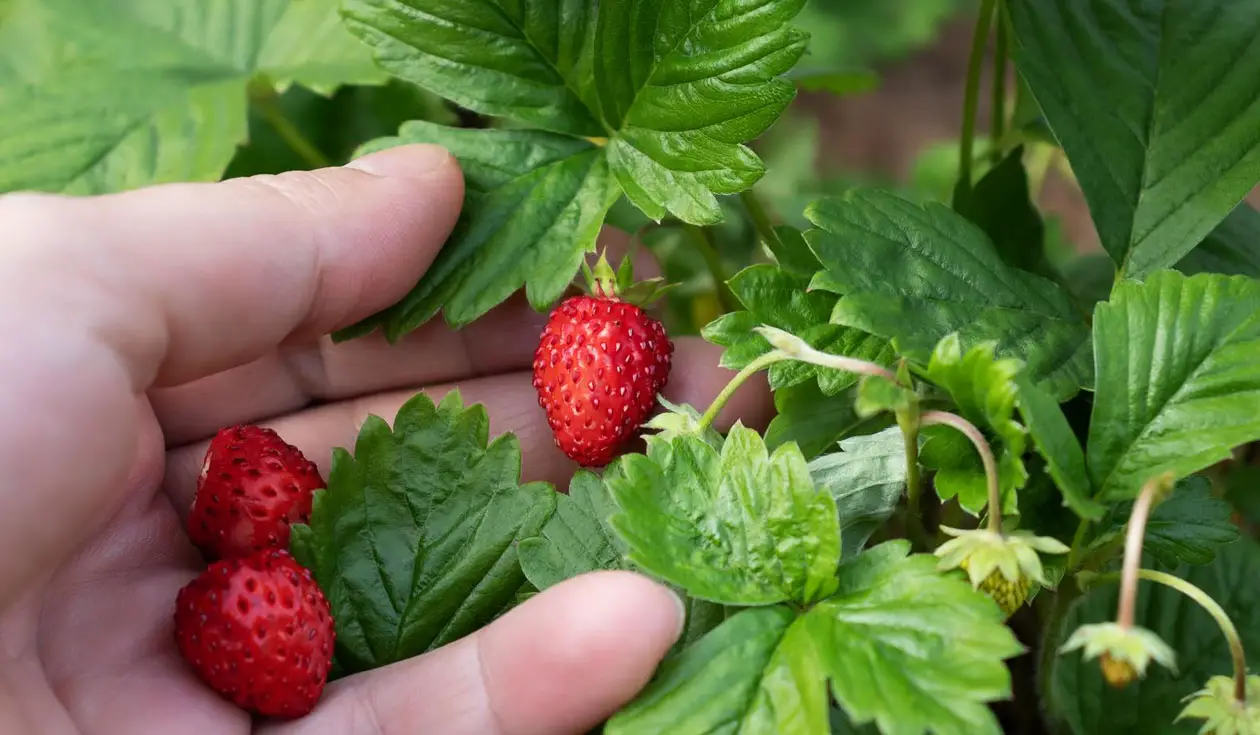
FAQ
Q: Are hydroponic strawberries better than regular strawberries?
A: I love all strawberries, but there’s something special about growing your own. For many of us, the conditions outside don’t lend themselves well to growing strawberries – I grow indoors in order to protect from pests, especially small unidentified animals that love to eat them straight off the vine. It’s hard to have a better strawberry than one you grew, right in your own kitchen.
Q: Do hydroponic strawberries taste different?
A: Hydroponic strawberries in general taste no different than field-grown ones. The biggest difference in flavor between strawberries comes down to variety. An Albion strawberry grown in a drip filter system will taste pretty much the same as a field-grown one. They have the same levels of acids and sugars, making it hard to taste test a difference.
Q: How many years will Hydroponic strawberry plants produce?
A: Hydroponic Strawberries typically produce for three to four years. Grown in a garden bed, the runners will become new plants, and a strawberry patch will grow more or less indefinitely so long as you keep it well-fed and watered.
Hydroponic strawberries on the other hand tend to be most productive after their first year, with diminishing returns as time progresses. Commercial growers typically treat their strawberries as annuals and replace them each year.
Final thoughts
Hydroponic strawberries are one of my favorites of all the plants you can grow without soil. From growing strawberries in small systems like the AeroGarden to full vertical setups, I love seizing the opportunity to make a bit of that summer magic last long after the cool of fall begins to sneak in. It makes even the smallest
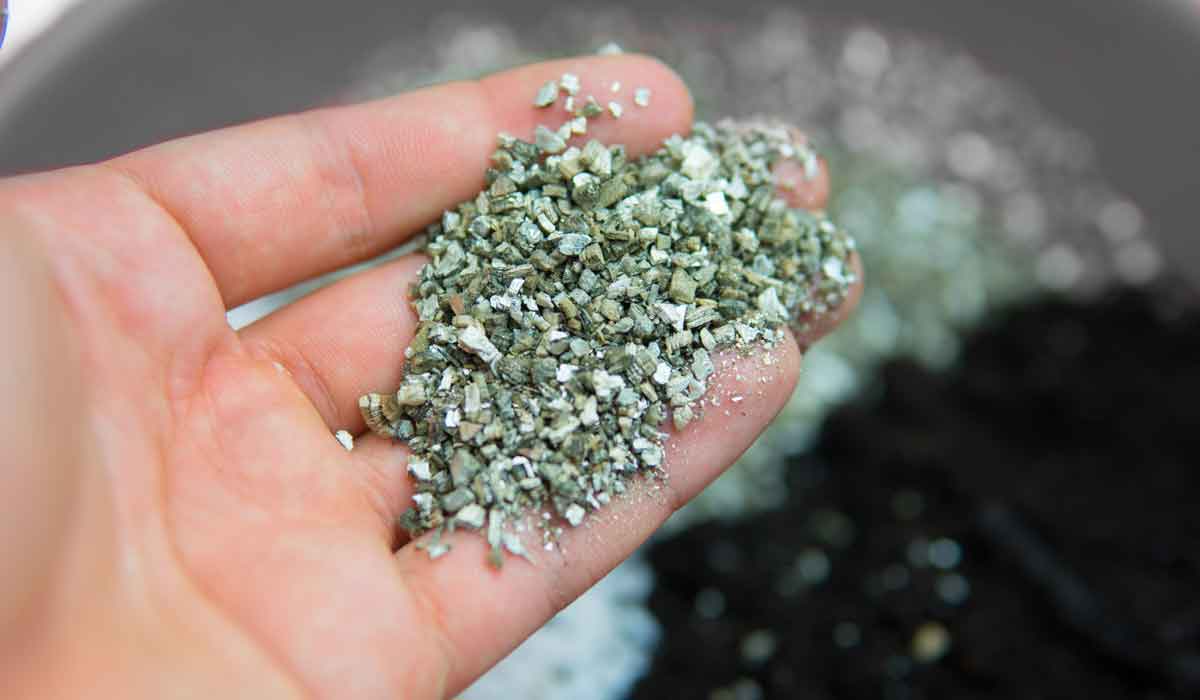
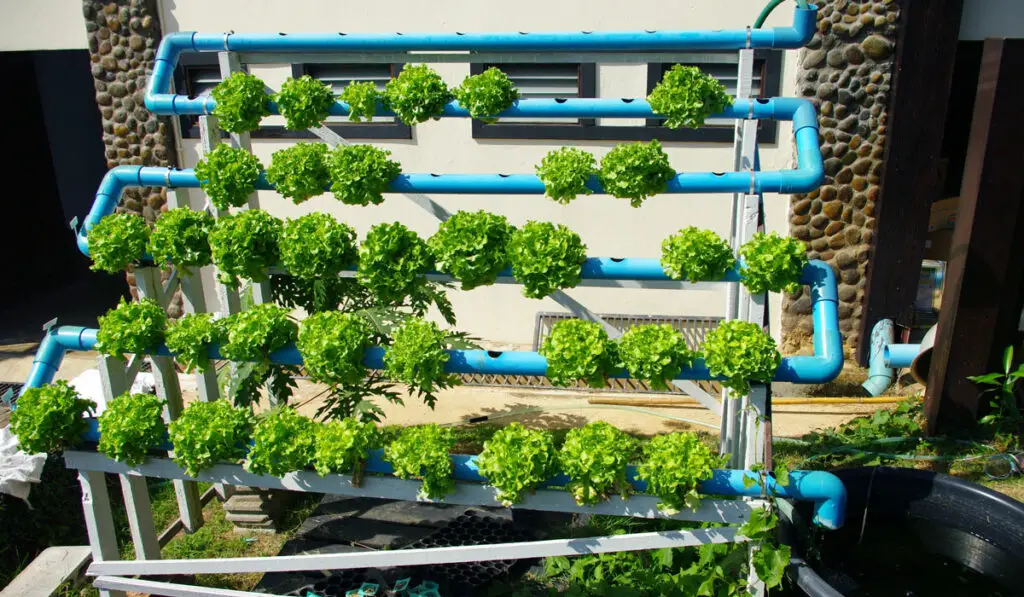
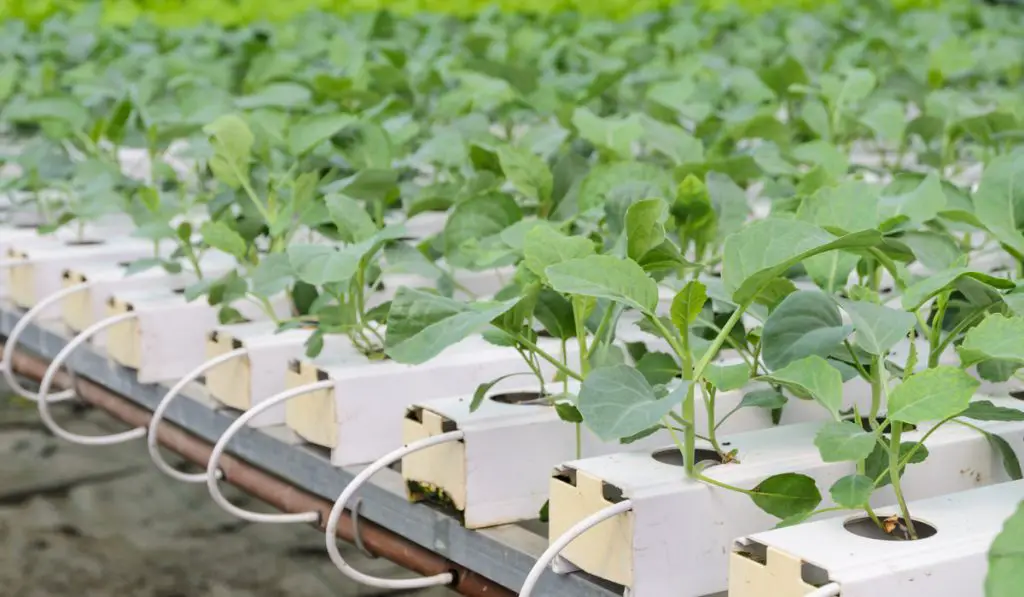


I have a Duesi 12 pod garden, light exstens to 21 inches. I have one jalapeño and one cherry tomato plant in it and the pepper ie about to touch light. Tomato plant is about to touch, has one tiny tomato on it. What am I do do with them, I was wanting to grow them thru winter.
Hi Sharon! The plants you are growing are quite resilient to pruning. Any time I grow a larger plant like tomato or certain pepper plants I top them. By cutting the top inch or 2 off you will encourage new growth along the side and flowers will grow on the side shoots as well. Don’t be afraid to prune them with a clean pear of scissors or shears as they begin to touch the light.
I am just starting with a DIY water tower and have planted my strawberries. I am reading conflicting info about removing the flowers when I see them. Have you ever heard of this? Does not make sense to me, but curious as to what you think. Definitely won’t allow me to pollinate them if I do this.
Also, do you have a recommendation for liquid fertilizer?
Hi Corbett, as long as your water pH and nutrients are dialed in you should be able to pick the flowers and early fruit to encourage more strawberries to grow. Strawberries are self pollinating which means they don’t need another flower to bare fruit. However if your pH is too alkaline (above 6.8) the plant will struggle to take in the nutrients required for that expected increase in flowers. It terms of liquid fertilizer, that’s a good question. Personally I’ve been seeing good results from the AeroGarden Miracle grow general purpose liquid fertilizer. It’s not perfect but it does a good job. I’m actually in the process of creating my own liquid fertilizer to my ideal specs, once I have it in production I’ll reach out and get a sample for you to try. Cheers!